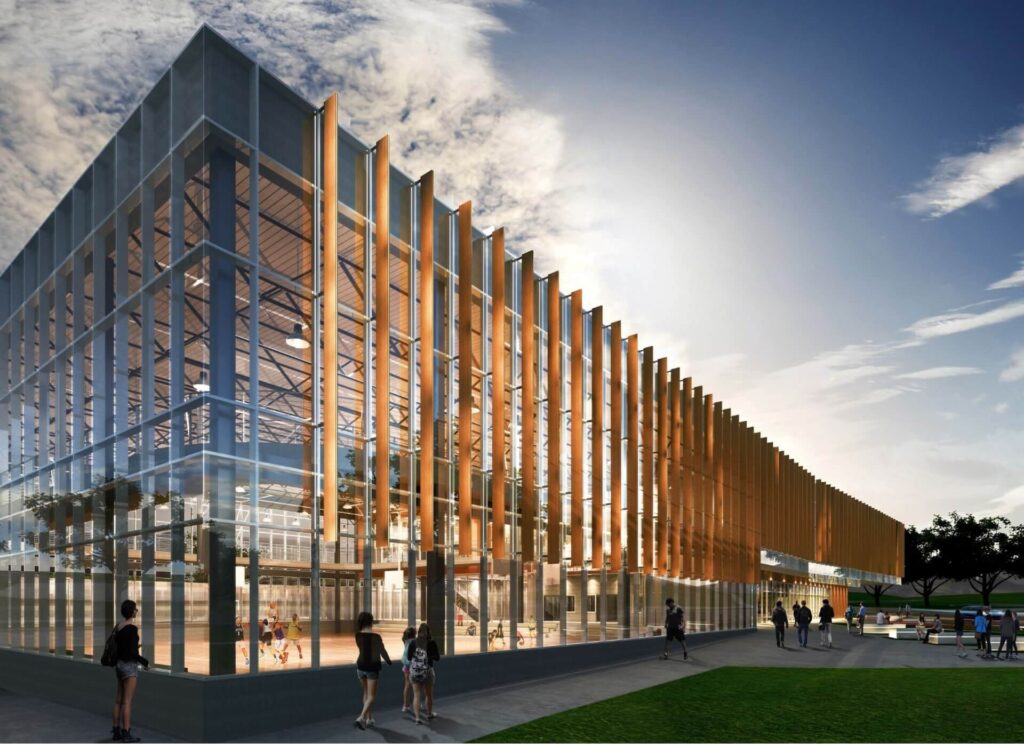
I. Introduction
In the dynamic world of design and construction, 3D architectural visualization serves as a cornerstone, empowering architects and designers to bring their visions to life with unparalleled clarity and precision. In this guest post, we delve into the art of mastering industry-leading software to unlock the full potential of architectural visualization, offering insights and techniques to elevate your projects to new heights.
II. Autodesk 3ds Max: The Powerhouse of 3D Modeling
At the forefront of 3D modeling software stands Autodesk 3ds Max, a versatile powerhouse tailored for architectural design. With its robust suite of tools, 3ds Max enables architects to craft intricate models with ease, from detailed structures to sweeping landscapes. Key features such as polygon and NURBS modeling, advanced texturing, and lighting setups lay the foundation for stunning visualizations, while seamless integration with other design software ensures a fluid workflow from conception to completion.
III. V-Ray: Achieving Photorealistic Rendering
In the pursuit of realism, V-Ray emerges as a leading rendering engine, offering unrivaled accuracy and fidelity in architectural visualization. With its advanced material and lighting simulation capabilities, V-Ray breathes life into virtual environments, capturing the nuances of light and shadow with breathtaking precision. From global illumination to ray tracing, V-Ray delivers photorealistic renderings that blur the line between imagination and reality, seamlessly integrated with Autodesk 3ds Max for a streamlined workflow.
IV. Lumion: Bringing Architectural Designs to Life
Enter Lumion, a real-time rendering software that transcends traditional visualization methods, offering architects the ability to explore their designs in stunning detail and realism. With its intuitive interface and extensive library of assets, Lumion empowers designers to create immersive environments with ease, from lush landscapes to dynamic animations. Leveraging the power of Lumion, architects can breathe life into their designs, transforming static models into interactive presentations and walkthroughs that captivate clients and stakeholders alike.
V. Integrating the Software Trio for a Comprehensive Workflow
The synergy between Autodesk 3ds Max, V-Ray, and Lumion unlocks a comprehensive workflow that combines the strengths of each software for unparalleled results. By leveraging 3ds Max for modeling, V-Ray for rendering, and Lumion for real-time visualization, architects can create immersive experiences that transcend traditional boundaries, from concept to presentation. Streamlining the workflow between the trio ensures efficiency and consistency, empowering architects to bring their visions to life with ease.
VI. Mastering the Software: Tips and Techniques
To master industry-leading software, architects must embark on a journey of continuous learning and experimentation. Online tutorials and educational resources provide a wealth of knowledge to hone your skills, while practicing with sample projects and personal experiments fosters proficiency and creativity. Optimizing software performance, exploring hardware considerations, and leveraging rendering farms and cloud-based solutions further enhance efficiency and productivity, enabling architects to push the boundaries of architectural visualization.
VII. Case Studies: Showcasing Successful 3D Architectural Visualizations
Through real-world case studies, we showcase the transformative impact of industry-leading software in architectural visualization. From residential developments to commercial complexes, these projects highlight the versatility and power of Autodesk 3ds Max, V-Ray, and Lumion in bringing architectural visions to life with unmatched clarity and realism. These examples serve as inspiration for architects to explore the endless possibilities of 3D visualization in their own projects.
VIII. Conclusion
In conclusion, mastering industry-leading 3D visualization software is essential for architects seeking to elevate their designs to new heights. By harnessing the power of Autodesk 3ds Max, V-Ray, and Lumion, architects can unlock a world of creative possibilities, from intricate modeling to photorealistic rendering and immersive visualization. As we continue to push the boundaries of architectural visualization, let us embrace the synergistic benefits of these software tools and embark on a journey of innovation and creativity.